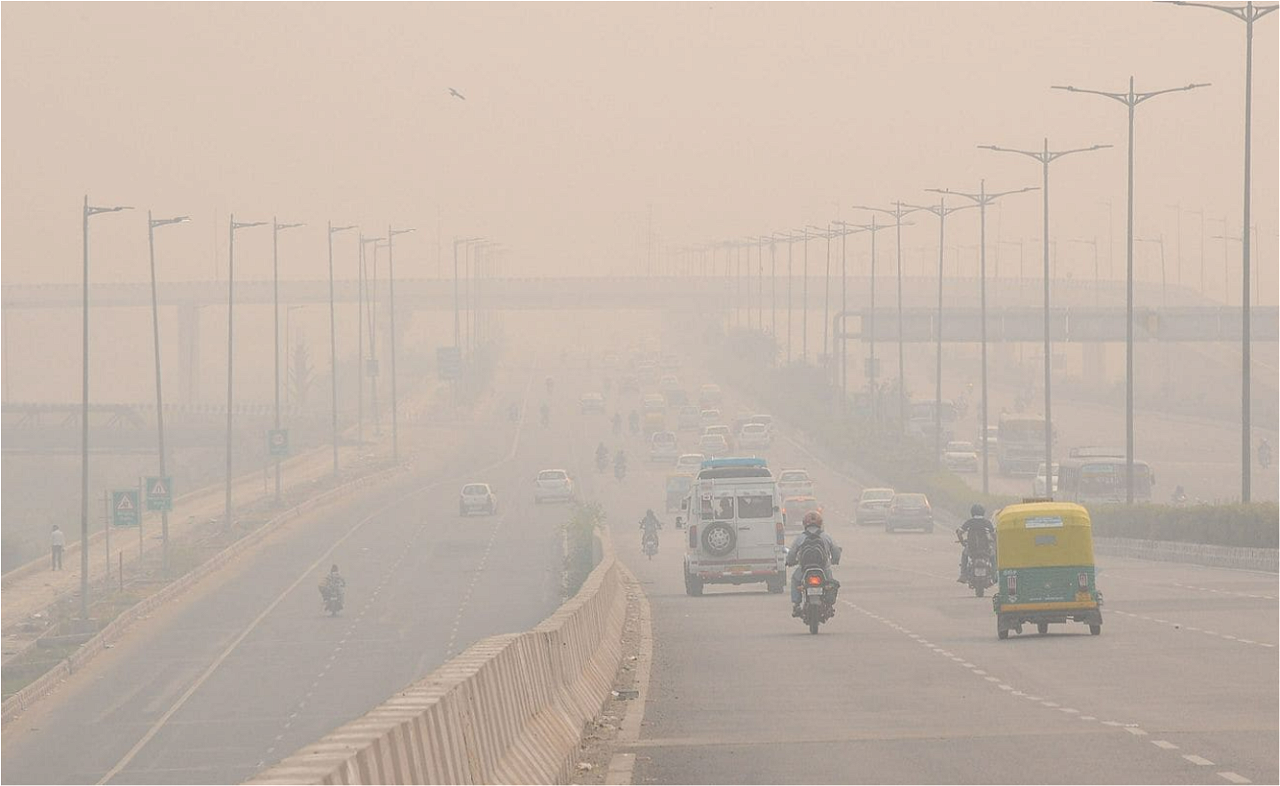
Nearly everyone in the world breathes air that does not meet the United Nations' air quality standards, according to the UN health agency, which is calling for more action to reduce fossil-fuel use, which produces pollutants that cause respiratory and blood-flow problems, as well as millions of preventable deaths each year.
The World Health Organization issued an update to its air quality database on Monday, about six months after tightening its guidelines on air quality. The database now includes information from over 6,000 cities, towns, and villages around the world.
According to the WHO, 99 percent of the world's population breathes air that is polluted and contains particles that can penetrate deep into the lungs, enter the veins and arteries, and cause disease. According to the WHO, the worst air quality is in the eastern Mediterranean and Southeast Asia regions, followed by Africa.
"It is unacceptable to have 7 million preventable deaths and countless preventable lost years of good health due to air pollution after surviving a pandemic," said Dr. Maria Neira, head of the WHO's department of environment, climate change, and health. "However, far too many investments continue to be made in a polluted environment rather than in clean, healthy air."
For the first time, ground measurements of nitrogen dioxide have been added to the database, which previously only included two types of particulate matter known as PM2.5 and PM10. The database's most recent version was released in 2018.
Nitrogen dioxide is primarily produced by human-caused fuel combustion, such as through automobile traffic, and is most prevalent in urban areas. According to the WHO, exposure can lead to respiratory diseases such as asthma, with symptoms such as coughing, wheezing, and difficulty breathing, as well as more hospital and emergency room, visits. The eastern Mediterranean region had the highest concentrations.
On Monday, the east Mediterranean island of Cyprus suffered from high concentrations of atmospheric dust for the third straight day, with some cities experiencing three and nearly four times the 50 micrograms per square meter that authorities consider normal. Officials said the microscopic particles could be especially harmful to young children, the elderly, and the ill.
Particulate matter has many sources, such as transportation, power plants, agriculture, the burning of waste and industry – as well as from natural sources like desert dust. The developing world is particularly hard hit: India had high levels of PM10, while China showed high levels of PM2.5, the database showed.
"Particulate matter, particularly PM2.5, has the ability to penetrate deep into the lungs and into the bloodstream, causing cardiovascular, cerebrovascular (stroke), and respiratory effects," according to the WHO. "There is mounting evidence that particulate matter has an impact on other organs and contributes to the development of other diseases."
According to Anumita Roychowdhury, an air pollution expert at the Center for Science and Environment in New Delhi, the findings highlight the magnitude of the changes required to combat air pollution.
India and the rest of the world must prepare for major changes in order to reduce air pollution, including the use of electric vehicles, a shift away from fossil fuels, a massive scale-up of green energy, and waste separation, she said.
The Council on Energy, Environment, and Water, a think tank based in New Delhi, discovered that households and industries account for more than 60% of India's PM2.5 loads.
Tanushree Ganguly, the director of the council's air quality programme, urged action to reduce emissions from industries, automobiles, biomass burning, and domestic energy. "We must prioritize clean energy access for the most vulnerable households and take proactive steps to clean up our industrial sector," she said.
















